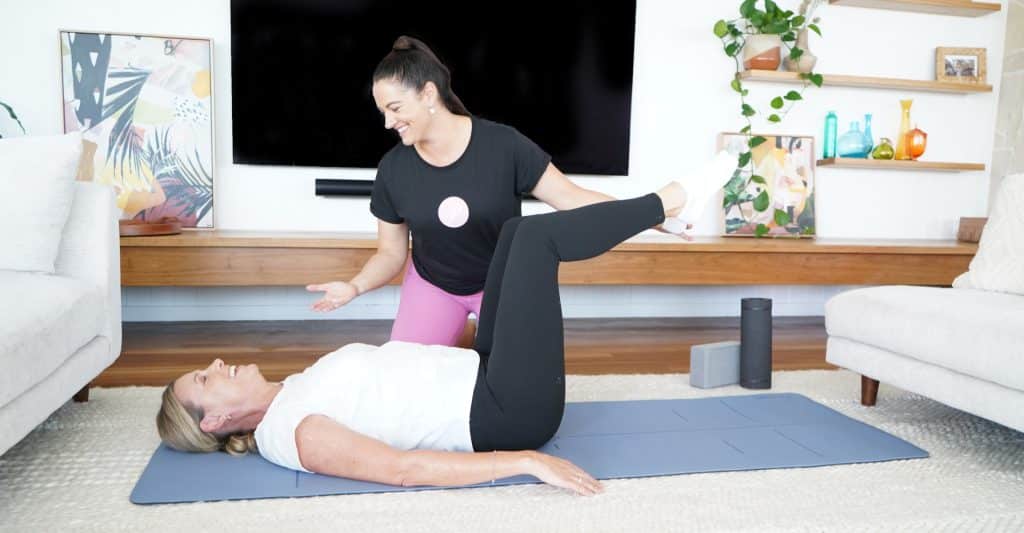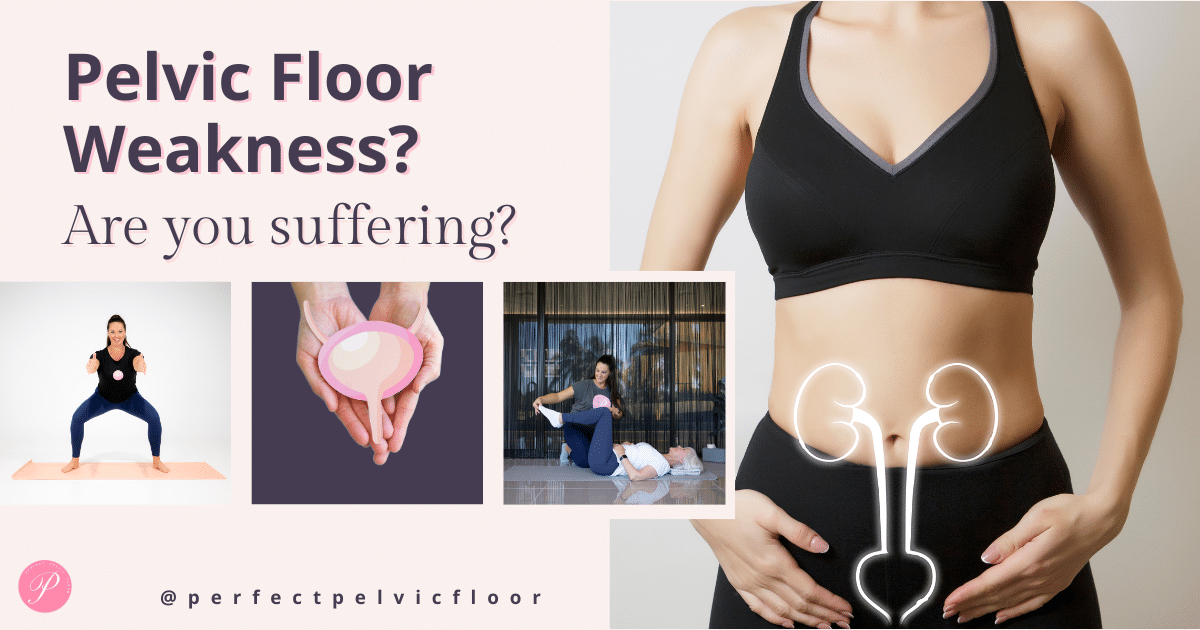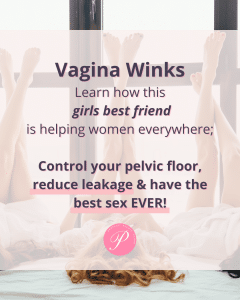5 Solutions For The Forgotten Woman
Do you just wonder sometimes how you got to the point in life where you’re at? You’ve had your children, they are growing up and don’t need you as much. And you question what’s next?
Not to mention you’d love to be active but the idea of a 6 week boot camp makes you want to curl up in a ball for fear of the cardiac arrest you would suffer.
The thought of jumping and doing burpee’s make you pee yourself just a little thinking about it, knowing how embarrassing it would feel. So what else is there?
Looking around at our society at the moment there is an influx of help available to the pregnant women, and to the new mums which is amazing and you wish it had been around for you when you were going through that. But what is there for you? Especially when you didn’t realise that bringing human beings into the world would massively change your life in unexpected ways.
Yes yes I know you love them dearly and wouldn’t have it any other way but let’s talk about you for a change. You didn’t realise that your vagina would never be the same, that you wouldn’t be into sex as much, that you would have leakage with laughing/jumping etc. Or that it would just feel overwhelming sometimes.
There is also the looming menopause and perimenopause symptoms that are just around the corner and are only starting to receive research funding and data now. How ridiculous is that. Commonly people just thought of menopause as hot flushes and just how to manage those. The medical way of determining if you’re in menopause is 12 months after you have your last period. But what if you are not having your period, with an IUD or hysterectomy. How do you know? Previously it was just associated with hot flushes. But it’s so much more. It’s mood fluctuations, it’s brain fog, it’s memory challenges, it’s anxiety, it’s musculoskeletal injuries, it’s vaginal dryness and so much more.
Perimenopause is such a hot topic at the moment and so it should be. It impact millions of women around the globe. Just when you’ve been through child rearing, you’ve entered the work force again and then you’re experiencing all sorts of symptoms that no one understands. You’re GP shopping because they all say everything is fine. Yet we know our female intuition is right, we know when something doesn’t feel right. “I don’t feel right”. “Things are off”. Follow that intuition and get the help you need.
Perimenopause is a journey and it’s one that can last for 7-10 years prior to the “medical” time of menopause. The other key thing to note here is when your mother started menopause is very significant for us as women to predict our own perimenopause and menopause journey. So the biggest thing you can do is talk to your mum or aunties if you can and find out that age and work backwards from there. If things are starting to feel a little off then follow that.
The biggest takeaway I have learned after reading up on everything is the healthier you are going into perimenopause the better off you will be when you reach menopause. So the big things to work on: no smoking, less alcohol drinking, nutrition – especially protein, exercise and supplements.
I want you to know we see you, we know you feel uncomfortable at times, we know you wish you were acknowledged by society and maybe even by your family a bit more.
But that’s not all there is for you, it’s your time now! You have time, you have money – not a slave to the baby anymore. It’s your time to shine. To feel all of yourself. To embrace change and what’s next for you. To create what is next for you the way you want it to be. You’ve got this girlfriend!
We are here for you. It’s why I set up the Pelvic Floor Perfection program. To help you gain control of your leakage, feel your core muscles again in a slow gentle way not a heart attack inducing way. To help you feel like YOU again. To embrace the new you and what better time than today to take that on board.
What’s more it’s the start of 10 minutes to yourself everyday where you get to prioritise how you feel, your muscles, your health and most importantly your future.

Where to Start?
I know it can be overwhelming so here’s just a few quick pointers to get you started on your health. When you prioritise yourself, you start to feel a bit better about yourself and walk with a pep in your step.
Drink more water. Not only does it help massively with pelvic floor health it’s also great for energy, clear skin and ageing well. Exactly! Who wouldn’t want that. Start by using a water bottle so you can measure how much you’re having each day. Fill it, drink it and repeat! Add a lemon, or a fruit tea whatever you like that isn’t caffeinated to get you to drink more.
Diaphragm breathing. Even if it’s just 5 deep slow breaths with a hold at the end of your inhale before you close your eyes at night. Start now to help your nervous system wind down. Even better you might find that it helps you have a better sleep. So the dragon lady doesn’t visit in the morning. Watch Here
Affirmations: Or write “I am enough” on your mirror with soap and read it every morning. It’s one of my favourites to just remind yourself and everyone else in your house that you are enough. Marisa Peer started this and I love it!
Nutrition: Add Protein and fibre to your diet to maintain your muscle mass. Super important as we go through the perimenopause, menopause and ageing journey.
Look into some hormonal support supplements some common ones that I have researched and recommend are: Happy Healthy You’s Happy Hormones.
Overall I absolutely advocate for finding a really good women’s health GP/Dr that can run all the test on you and see what level of hormonal support in the form of Estrogen you need.
Feeling left out, experiencing embarrassing leakage and generally just over how your body feels? We have the solution for you. Our Vagina Winks 2 week Express Course. Connecting to your pelvic floor muscles to help with that annoying leakage, working on your self image and increasing your pleasure.
Also if you’re wanting to listen to more on menopause – I have listened to some great podcasts, this Huberman Lab one has guest speaker Dr Mary Claire haver M.D an OBGYN and an expert of women’s health and menopause.















